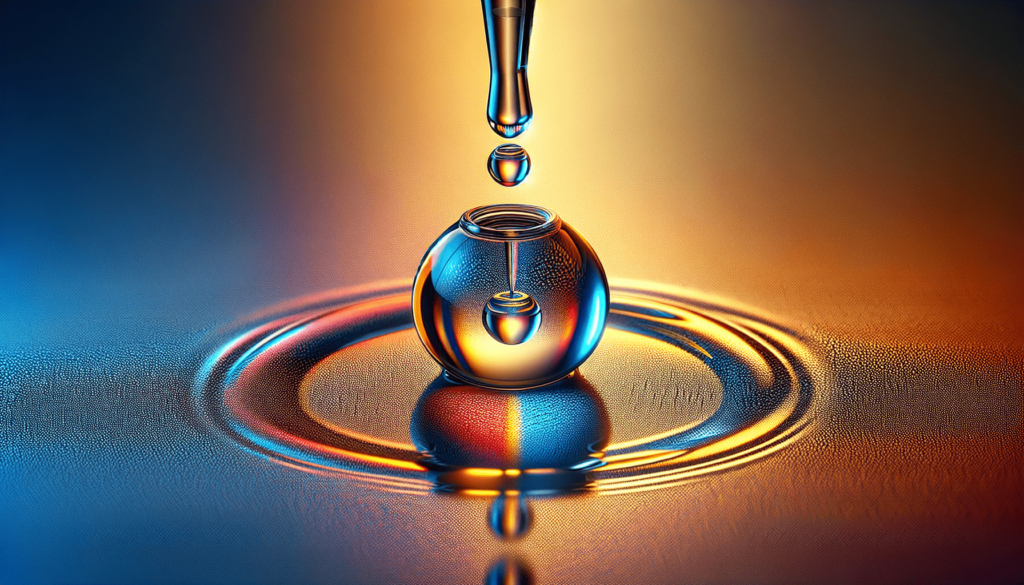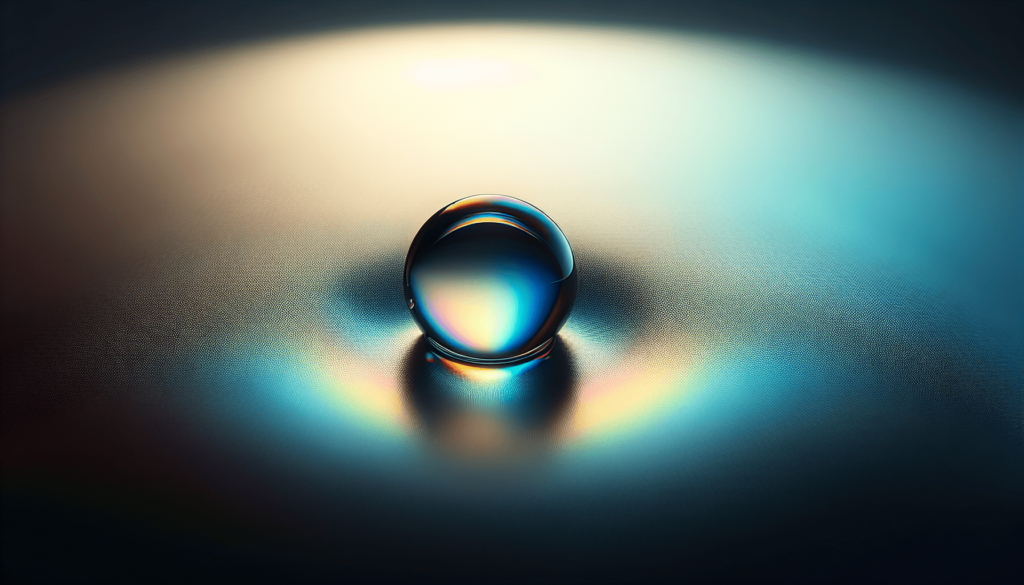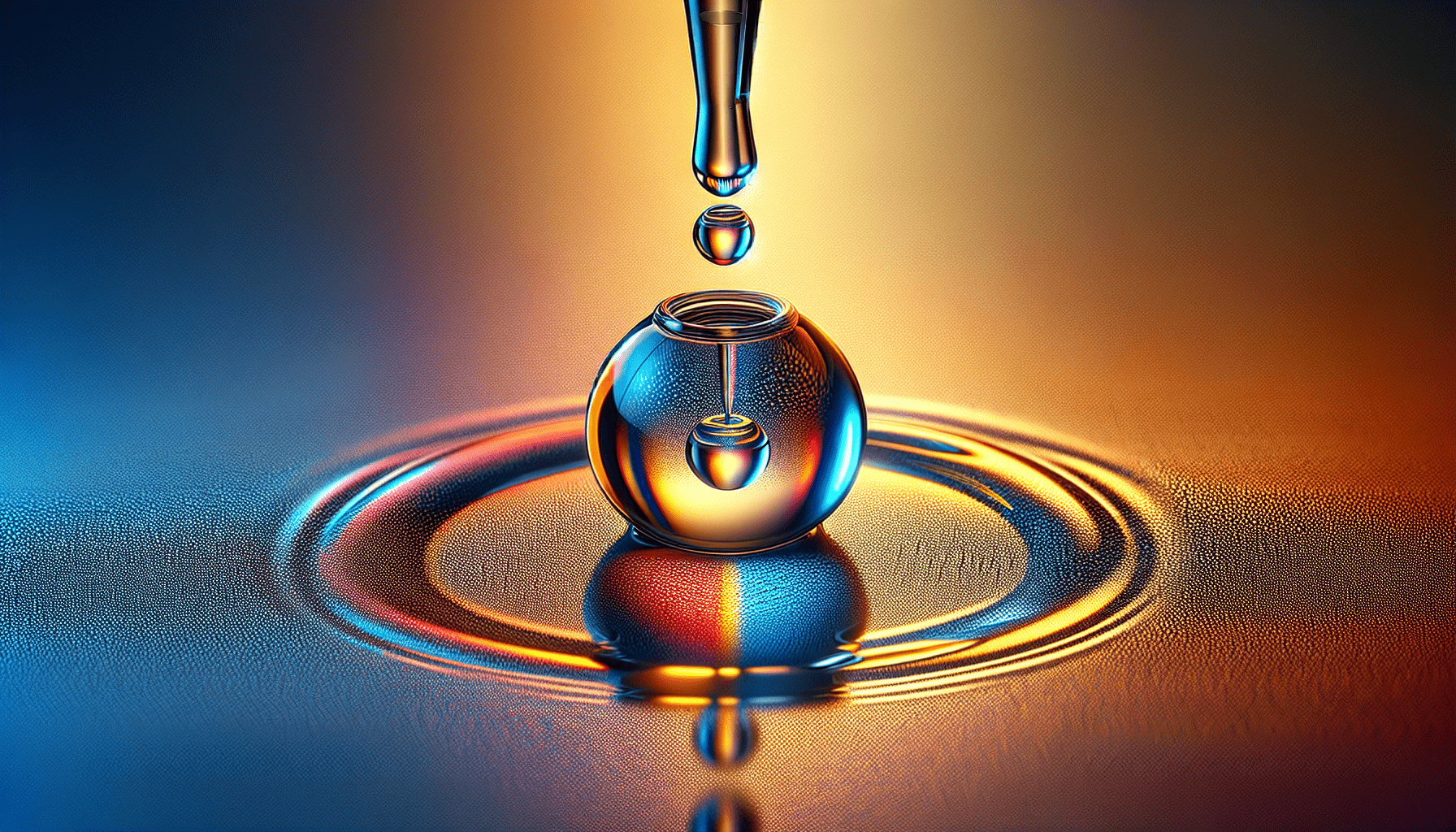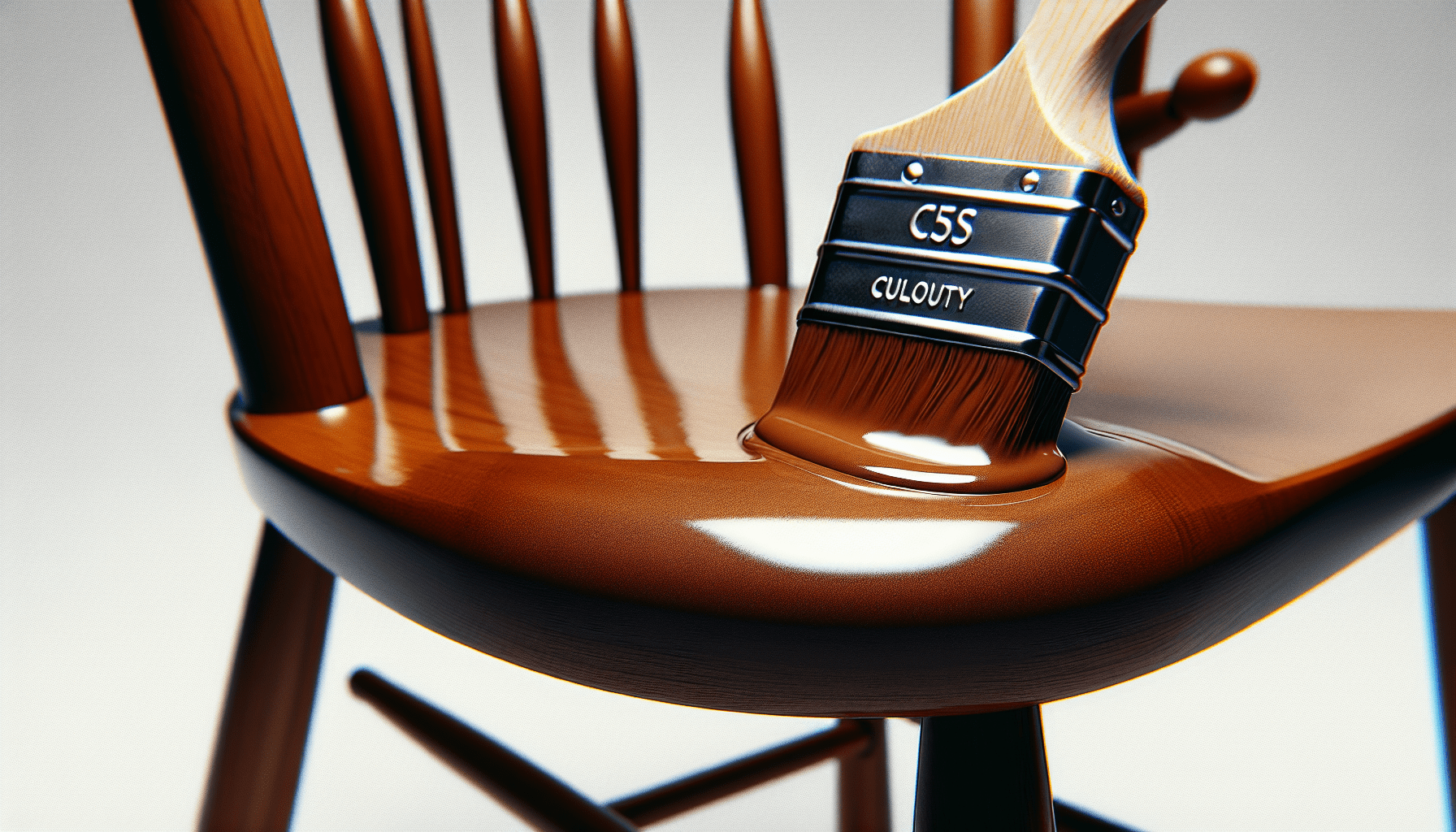Enamel paint is a commonly used type of paint that provides a durable and glossy finish to various surfaces. However, one question that often arises is whether enamel paint is waterproof. In this article, we will explore the properties of enamel paint and determine if it offers adequate protection against water damage. By understanding the characteristics of enamel paint, you will be able to make an informed decision regarding its use in different applications.
What is enamel paint?
Enamel paint is a type of paint that is known for its glossy and shiny finish. It is widely used in various applications, both indoors and outdoors, due to its durability and long-lasting properties. Enamel paint gets its name from the hard, smooth finish that resembles porcelain enamel.
Definition of enamel paint
Enamel paint is a type of paint that consists of a pigment, a binder, and a solvent. The pigment provides color, while the binder acts as the adhesive that holds the pigment particles together and attaches them to the surface. The solvent provides a liquid medium for the paint to be applied smoothly. Enamel paints are available in both oil-based and water-based formulations.
Composition of enamel paint
Enamel paint is composed of several components, each serving a specific purpose. The main components of enamel paint include pigments, binders, solvents, and additives. Pigments are finely ground particles that provide color and opacity to the paint. Binders are the adhesive materials that bind the pigment particles together and adhere them to the surface. Solvents are the liquid medium that evaporates as the paint dries, allowing the paint to flow smoothly. Additives are additional substances added to the paint to enhance its properties, such as leveling agents, anti-settling agents, and anti-foaming agents.
Properties of enamel paint
Enamel paint is known for its unique properties that make it desirable for various applications.
Shiny and glossy finish
One of the defining characteristics of enamel paint is its shiny and glossy finish. When dry, enamel paint creates a smooth and reflective surface that is highly aesthetically pleasing. This quality makes it particularly popular for decorative purposes, such as painting furniture, trim work, and crafts.
Durable and long-lasting
Enamel paint is highly durable and long-lasting, making it suitable for both interior and exterior use. It forms a hard and robust film that is resistant to wear, scratches, and impacts. This durability ensures that the painted surface can withstand regular cleaning, exposure to harsh weather conditions, and general wear and tear, extending the lifespan of the paint job.
Resistance to moisture and water
Another important property of enamel paint is its resistance to moisture and water. Enamel paint forms a protective barrier on the surface, preventing water from seeping in and causing damage. This water resistance makes it suitable for use in areas exposed to high humidity, such as bathrooms, kitchens, and exteriors. It also prevents moisture-related issues, such as mold and mildew growth, which can compromise the integrity of the painted surface.

Understanding waterproofing
Before discussing the water resistance of enamel paint, it is important to understand the concept of waterproofing.
Definition of waterproof
Waterproofing refers to the process of making a surface or object impervious to water or moisture. It involves creating a barrier that prevents water from penetrating through the material or structure. Waterproofing is crucial in various industries and applications, including construction, manufacturing, and painting.
Different levels of waterproofing
Waterproofing can be categorized into different levels based on the degree of water resistance achieved. These levels are:
-
Water repellent: A surface or material that repels water to some extent but is not completely impervious to it. Water may bead up on the surface but can still penetrate over time. This level of waterproofing is common in certain coatings and treatments.
-
Water-resistant: A surface or material that has a higher level of protection against water penetration. It can withstand exposure to water for a certain period before it starts showing signs of permeability. Water-resistant materials are commonly used in outdoor applications where occasional exposure to water is expected.
-
Waterproof: A surface or material that is completely impermeable to water and moisture. It forms an impenetrable barrier that prevents any water from entering. Waterproof materials are commonly used in areas or objects that are constantly exposed to water, such as swimming pools, basements, and marine applications.
Water resistance of enamel paint
Enamel paint possesses certain water resistance properties due to its composition and characteristics.
Enamel paint and water resistance
Enamel paint is considered water-resistant to a certain extent. When properly applied and cured, it can provide a level of protection against moisture and water damage. The smooth and hard film formed by enamel paint acts as a barrier, preventing water from seeping through and causing damage to the underlying surface.
However, it is important to note that enamel paint is not completely waterproof. While it can withstand occasional exposure to water and moisture, prolonged exposure or continuous contact with water can eventually lead to the degradation of the paint film and compromise its water resistance properties.
Factors affecting water resistance
Several factors can influence the water resistance of enamel paint. These factors include:
-
Surface preparation: Proper surface preparation is crucial for achieving good water resistance. The surface should be clean, dry, and free from any dirt, oils, or contaminants that can compromise the adhesion of the paint. Any cracks or holes in the surface should be repaired before applying the enamel paint.
-
Application technique: The method of application can affect the water resistance of enamel paint. Applying multiple thin coats of paint can create a stronger and more durable film compared to applying a single thick coat. Proper drying and curing time should also be observed to ensure optimal water resistance.
-
Maintenance and care: Regular maintenance and care of enamel painted surfaces can contribute to their water resistance. Cleaning the surface with mild soap and water, avoiding abrasive cleaners, and promptly addressing any water-related issues can help maintain the integrity of the paint film.

Application of enamel paint on different surfaces
Enamel paint can be applied to various surfaces, each requiring specific considerations for optimal results.
Enamel paint on interior walls
Enamel paint can be used on interior walls to create a smooth and polished finish. It is commonly used in high-traffic areas, such as hallways, kitchens, and bathrooms, due to its durability and easy cleanability. Interior walls should be properly cleaned and prepared before applying enamel paint. It is also important to consider the sheen level of the paint, as high-gloss enamels may accentuate surface imperfections.
Enamel paint on exterior walls
Enamel paint can be applied to exterior walls to provide protection and enhance the visual appeal of a building. The paint should be selected based on the specific requirements of the exterior surface, such as weather resistance and UV protection. Adequate surface preparation, including cleaning, repairing cracks, and priming, is crucial to ensure good adhesion and long-lasting results.
Enamel paint on wood
Enamel paint can be used to coat wood surfaces, such as furniture, trim, and cabinetry. It enhances the natural beauty of the wood while providing protection against moisture, scratches, and staining. Prior to painting, the wood should be sanded, cleaned, and primed to ensure proper adhesion and a smooth finish. Multiple coats may be required for optimal coverage and durability.
Enamel paint on metal
Enamel paint is an excellent choice for painting metal surfaces due to its durability and rust resistance. Whether it is iron, steel, or aluminum, enamel paint can provide a protective layer that prevents corrosion and adds a decorative finish. Proper surface preparation, including cleaning, removal of rust or old paint, and priming, is essential to ensure good adhesion and long-term performance.
Preparation and priming before painting
Proper surface preparation and priming are crucial steps in achieving a successful enamel paint job.
Importance of surface preparation
Surface preparation is the foundation for a durable and long-lasting paint finish. It involves cleaning, repairing, and priming the surface to ensure proper adhesion and optimal paint performance. Without adequate surface preparation, the paint may not adhere well, leading to issues such as peeling, cracking, and poor water resistance.
Surface preparation typically involves cleaning the surface to remove dirt, dust, grease, and other contaminants. Repairing any cracks, holes, or imperfections is essential to create a smooth and even surface for paint application. Sanding the surface helps to promote adhesion by creating a rougher texture for the paint to grip onto.
Application of primer
Priming is an essential step in preparing the surface for enamel paint. Primers provide a stable and uniform base that improves the adhesion of the paint, enhances color vibrancy, and promotes better water resistance. The type of primer used should be compatible with the enamel paint and the surface being painted. Primer should be applied evenly and allowed to dry fully before applying the enamel paint.
Sealing and protecting enamel painted surfaces
To further enhance the water resistance and protect enamel painted surfaces, additional measures can be taken.
Use of clear coats and sealants
Applying a clear coat or sealant over enamel paint can provide an extra layer of protection. Clear coats are transparent coatings that can add shine, depth, and durability to the paint finish. Sealants, on the other hand, create a barrier that seals the paint and prevents moisture from penetrating through. Both clear coats and sealants should be selected based on their compatibility with enamel paint and the desired level of water resistance.
Maintenance and care
Regular maintenance and care are essential for preserving the water resistance and longevity of enamel painted surfaces. Cleaning the painted surface with mild soap and water, avoiding abrasive cleaners, and promptly addressing any water-related issues can help prevent damage and maintain the integrity of the paint film. Regular inspections should be conducted to check for signs of wear, chipping, or peeling, and necessary touch-ups or repairs should be performed as needed.
Limitations of enamel paint
Despite its many benefits, enamel paint does have certain limitations, particularly in terms of its water resistance.
Not completely waterproof
Enamel paint is not completely waterproof. While it can provide some level of water resistance, prolonged exposure or continuous contact with water can cause the paint film to degrade over time. This can result in issues such as peeling, cracking, and blistering, which compromise the protective properties of the paint.
Degradation over time
Enamel paint may degrade over time due to various factors, including exposure to UV radiation, weather conditions, and general wear and tear. These environmental factors can cause the paint film to fade, crack, or chalk, reducing its water resistance and overall performance. Regular maintenance and periodic repainting may be required to maintain the desired level of water resistance.
Alternatives to enamel paint for waterproofing
While enamel paint offers some water resistance, there are alternatives available that provide better waterproofing properties.
Epoxy paint
Epoxy paint is a type of paint that offers exceptional water resistance and durability. It consists of epoxy resins and a curing agent, which chemically react to form a hard and resilient coating. Epoxy paint is commonly used in industrial and commercial applications where superior water resistance is required, such as in swimming pools, garages, and basements.
Polyurethane paint
Polyurethane paint is another alternative that provides excellent water resistance. It forms a tough and flexible film that can withstand exposure to water, chemicals, and abrasion. Polyurethane paint is often used in marine and automotive applications, as well as for outdoor structures and surfaces that require long-term water protection.
Conclusion
Enamel paint possesses certain water resistance properties due to its composition and characteristics. While it is not completely waterproof, it can provide a level of protection against moisture and water damage when properly applied and maintained. Surface preparation, priming, and proper application techniques are essential for achieving good water resistance. Additionally, using clear coats or sealants and regular maintenance can enhance the water resistance and longevity of enamel painted surfaces. However, there are alternative paints available, such as epoxy paint and polyurethane paint, that offer superior water resistance for specific applications. It is important to choose the right paint and properly apply and maintain it to achieve optimal water resistance and protect the underlying surfaces effectively.



